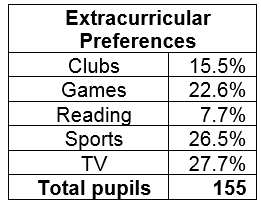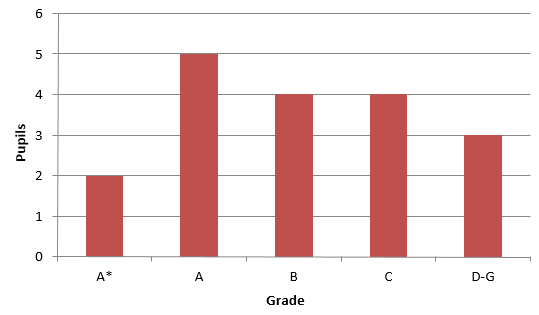What You'll Get
- 3 full QTS-style numeracy tests
- 34 numerical drills – including averages, percentages word problems & more
- 4 in-depth study guides
- Video tutorials
- Money back guarantee
About
The QTS professional skills test is an assessment used by the Department for Education in the UK to evaluate hopeful educators for qualified teaching positions. The sections of this test include one for arithmetic and one for literacy.
The QTS numeracy test consists of 28 questions divided into two sections: mental arithmetic and written arithmetic/data analysis. The specifications for each section are broken down in-depth below:
Mental Arithmetic
The purpose of the mental arithmetic section of this test is to ensure your ability to carry out mental calculations without the use of a calculator. During this section, you will be given a blank piece of scratch paper if needed.
- Consists of 12 questions
- Delivered via audio (a PDF attachment is offered to those who are hearing impaired)
- Short answers (answer options will not be provided – you will need to find the correct answers on your own)
Subjects in this section include:
- Clocks/time – e.g. ‘At what time will he arrive?’
- Four basic operations (addition, subtraction, multiplication and division) involving money, currency exchange, measurement of units, calculating area, percentages, fractions, decimals and simple mean
Ready to try some questions?
1.
Listen to the audio and enter your answer in the box below.
Listen here: 
Need to practice more QTS skills mental arithmetics?
Try our Full QTS skills numeracy PrepPack >>
Written Arithmetic/Data Analysis
This section of the test evaluates how well you identify patterns and trends, your ability to compare, interpret and draw conclusions from data.
- Time limit: 36 minutes
- Consists of 16 questions
- Basic four-function calculators are permitted
In this section you are required to answer:
- Open questions (find the answer yourself)
- Multiple-choice questions
- True/false questions
Subjects can include:
- Locating the correct information on a table/graph
- Copying given values into empty spaces within a table or chart
- Cross-referencing data in a table/chart
- Calculating payments
- Calculations based on specific formulas
The types of graphs you will encounter in this section are
- Bar charts
- Box-and-whisker diagram
- Pie charts
Ready to try some questions?
1. Pupils in a statistics class prepare the following table detailing what percentages of other pupils in school prefer to do for extracurricular activities.

Approximately how many pupils prefer Reading or TV?
Error loading Partial View script (file: ~/Views/MacroPartials/AnswerQuestionBR.cshtml)
2. As part of an effort to track how prepared her pupils are for the GCSE exams, a teacher compiled the following bar chart showing how many pupils achieved which marks on a recent practice test. 
What proportion of the class achieved an A or a C on the practice test? Give your answer as a decimal to one decimal place?
Need to practice more QTS skills written arithmetic?
Try our QTS skills full numeracy PrepPack >>

Tips and Techniques for Acing the QTS Skills Numeracy Test
- Time management is very important for a timed test like the QTS. Learning how to manage your time and practising under similar conditions to the actual test will help ensure your ability to quickly and accurately answer each question you encounter.
- If you can move back and forth in the test, try answering easier questions first. Doing so will give you more time to answer the more difficult questions. Just don’t forget to go back to answer them!
- Wearing a watch with a timer or stopwatch function will allow you to keep track of the amount of time you are spending per question. This is especially useful since you will not be permitted to use your cell phone during your testing session.
- Although it is important to manage your time during your assessment, it is important not to rush yourself. Rushing through your test will increase your stress levels and make you more prone to making detrimental mistakes. Learning how to pace yourself is key to answering each question on your test both quickly and accurately.
- Expect the unexpected- take into consideration that although well prepared for the test, you may stumble upon unfamiliar question-formats. Knowing this in advance will help you to avoid anxiety and approach these questions more calmly, increasing your chances to answer them correctly.
QTS and other trademarks are the property of their respective trademark holders. None of the trademark holders are affiliated with JobTestPrep or this website.


